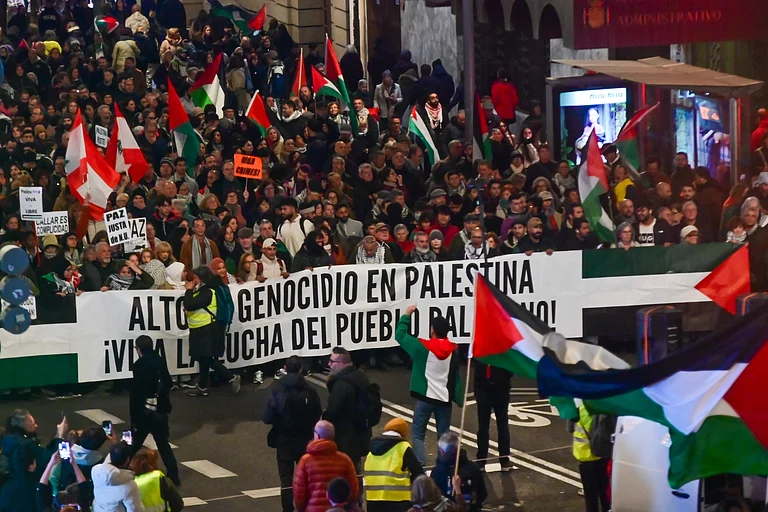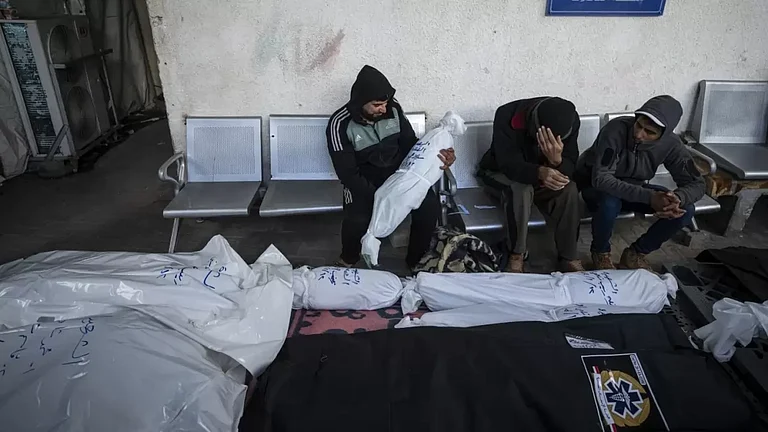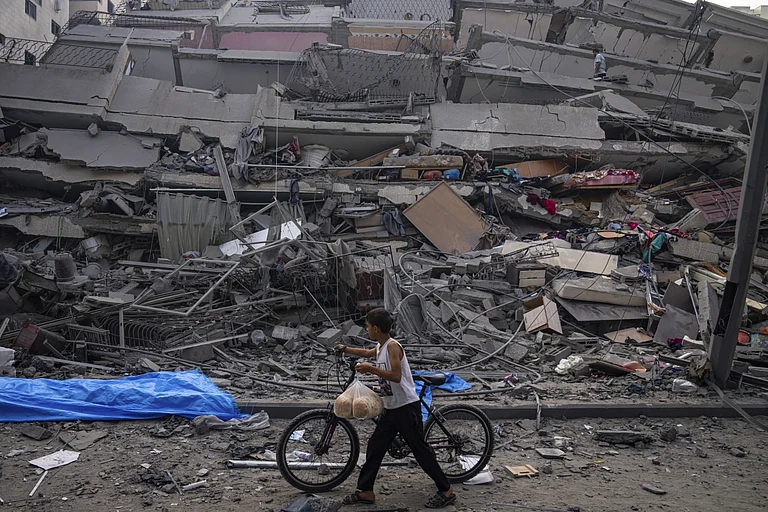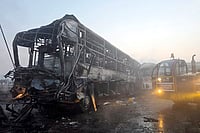For the first time, famine is declared in Gaza City, according to a forthcoming assessment by the Integrated Food Security Phase Classification (IPC), the international body that monitors hunger. The move underscores the catastrophic humanitarian conditions unfolding after nearly a year of war, the report said.
The word “famine” is often used loosely to describe severe food shortages, but in humanitarian terms, it has a precise, measurable definition. The IPC requires all three conditions to be met before declaring famine:
At least 20% of households must face an extreme lack of food. At least 30% of children must suffer acute malnutrition and at least 2 out of every 10,000 people must die each day due to outright starvation or related causes. A famine declaration is not just symbolic—it carries enormous weight for mobilizing international aid and pressuring governments to act.
According to the report, famine is declared in the Gaza Governorate, an area that includes Gaza City, three nearby towns, and multiple refugee camps. Months of siege, bombardment, and restricted humanitarian access have left the civilian population with almost no reliable food supply.
International agencies say over half a million Gazans are already in catastrophic hunger conditions. With farmland destroyed, fishing prohibited, and aid convoys often blocked or delayed, families are left relying on scraps, unsafe water, and whatever limited assistance manages to enter. The looming famine is not only about lack of food—it reflects the collapse of Gaza’s entire civilian infrastructure, from healthcare to sanitation. Malnourished children are increasingly being admitted to overstretched hospitals, while others die quietly at home.
On August 14, more than 100 aid organisations, including prominent groups such as Oxfam, Doctors Without Borders (MSF), Amnesty International, and the Norwegian Refugee Council (NRC), condemned Israel’s weaponisation of aid, saying it was obstructing life-saving assistance from entering Gaza.
Vast quantities of relief supplies are stranded in warehouses across Jordan and Egypt while Palestinians continue to starve. Before October 7, 2023, about 500 aid trucks entered daily, nearly 15,000 a month. Since then, deliveries have fluctuated drastically, rarely reaching pre-war levels needed to sustain the territory’s 2.3 million residents, Al-Jazeera reported.
UNICEF’s analysis showed that by the end of September 2025, more than 640,000 people will face Catastrophic levels of food insecurity – classified as IPC Phase 5 – across the Gaza Strip. An additional 1.14 million people in the territory will be in Emergency (IPC Phase 4) and a further 396,000 people in Crisis (IPC Phase 3) conditions. Conditions in North Gaza are estimated to be as severe – or worse – than in Gaza City. However, limited data prevented an IPC classification, highlighting the urgent need for access to assess and assist. Rafah was not analyzed, given indications that it is largely depopulated.
The roots of Gaza’s humanitarian crisis can be traced through decades of conflict and political upheaval. In 1948, following the first Arab-Israeli war and the creation of Israel, hundreds of thousands of Palestinians were displaced, with many taking refuge in the Gaza Strip, then under Egyptian administration. Nearly two decades later, in the 1967 Six-Day War, Israel captured Gaza along with the West Bank and East Jerusalem, ushering in decades of military occupation. In 2005, Israel withdrew its settlements from Gaza but retained control over its borders, airspace, and sea access, keeping the enclave under tight restrictions. Two years later, in 2007, Hamas seized control of Gaza after winning elections, prompting Israel and Egypt to impose a blockade that heavily restricted the movement of people and goods. Since 2008, Israel and Hamas have fought multiple wars, each leaving behind heavy civilian casualties, crumbling infrastructure, and worsening poverty, making Gaza increasingly dependent on international aid. The situation deteriorated further in October 2023, when Hamas launched a deadly attack inside Israel, killing around 1,200 people and taking hostages. In response, Israel began a massive military campaign in Gaza, with months of bombardment, ground operations, and sieges that have devastated neighborhoods, killed tens of thousands, and displaced nearly the entire population.
Why A Famine Declaration Matters
Declaring famine in Gaza is both a humanitarian alarm and a political flashpoint. For aid organizations, it means scaling up emergency food deliveries, nutrition programs, and medical care. For governments, it raises uncomfortable questions about access restrictions, accountability under international law, and the responsibilities of warring parties.
But ultimately, for Gaza’s civilians, famine is not an abstract classification. It is a lived reality: empty cupboards, skeletal children, and families forced to choose between buying food or medicine. The declaration will make official what Gazans have been enduring for months, that hunger is now as deadly as bombs.


























